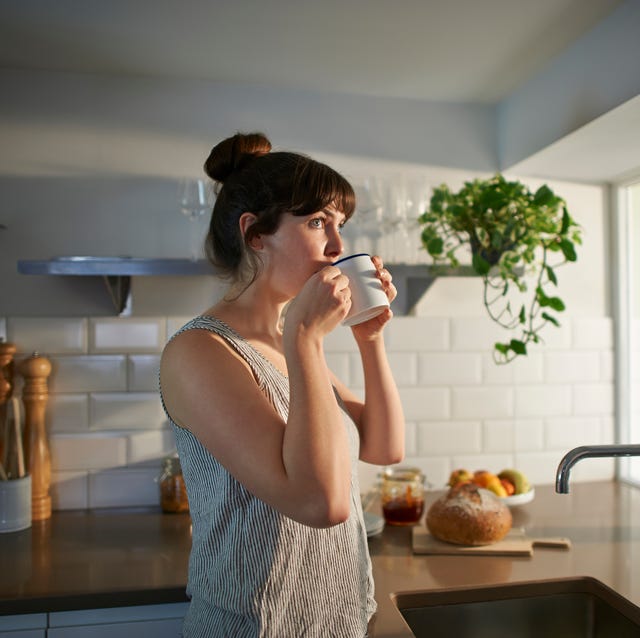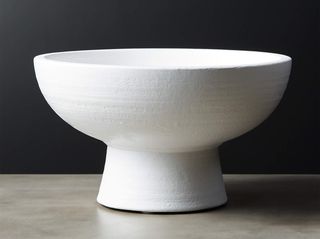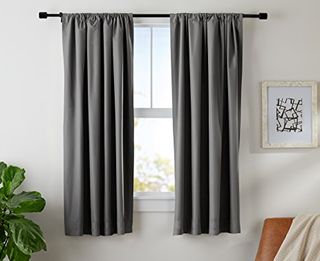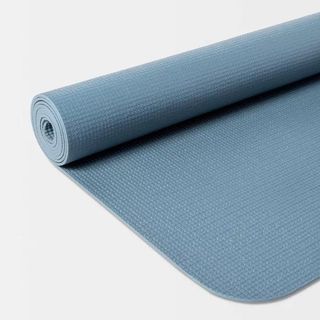
Dougal WatersGetty Images
You’ve heard healthy habits begin at home—well, that’s extra true of heart-healthy habits. After all, your space is where you eat, unwind, and sleep, and those are three fundamental parts of heart disease prevention. If you can set up a heart-smart place, your surroundings will help you get in a healthy groove.
Sure, stocking your kitchen right is critical. “Eighty percent of heart disease is preventable—so much of it comes down to what we eat and drink,” says Suzanne Steinbaum, DO, a preventive cardiologist in New York and author of Dr. Suzanne Steinbaum’s Heart Book: Every Woman’s Guide to a Heart-Healthy Life. But why stop there? With just a few strategic upgrades, your bedroom and family room also have the power to help keep the cardiologist away. Here are the how-tos for every space.
Kitchen
You know by now to buy loads of vegetables in every color of the rainbow. On top of that, fill your pantry and fridge with healthy fats like olive oil, avocados, fish, and nuts. “They’re anti-inflammatory,” explains Kien Vuu, MD, assistant professor of health sciences at UCLA and author of Thrive State, and they even help reduce “bad” cholesterol levels. Eating plant-based foods—especially in place of red meat—is linked to a lower risk of heart disease, too. Investing in a few inexpensive tools like an immersion blender makes it easier to prep veggie-centric main courses and soups. Dr. Vuu swears by a simple steamer basket. “Steaming vegetables maintains most of their nutrients,” he says. “I even use mine for fish.”
While you’re at it, do a pantry reorg to make it harder to grab unhealthy ingredients. “The single biggest factor in inflammation is little white powders–salt and sugar,” says Dr. Steinbaum. If you stash them in the way back, you’ll use less without even having to think about it. In place of salt, swap in fresh herbs (cilantro, thyme, whatever you like!) to boost the flavor big time. Similarly, have grab and go options at the ready. Find a big, beautiful bowl you love, park it right on the counter or kitchen table, and keep it filled with your favorite fruit.
What you drink matters, too, and—woohoo!—that morning cup of tea delivers friendly flavonoids and other hydrating perks. (It may improve healthy blood circulation.) To make this healthy habit even more of a spa-like moment in your day, take a cue from your favorite boutique hotel and set up a tea bar. Carve out a nook in your kitchen near your electric kettle and fill chic containers with your favorites (like Lipton unsweetened black and green teas). Include caffeine-free options like a decaf green tea, so your caffeination station can double as a wind-down area in the afternoon and evening.
Bedroom
Sleep is our superpower. “It calms us, rests us, and energizes us all at the same time,” says Dr. Steinbaum. “Our hearts work so hard for us. Let them rest by sleeping well.” Decorate your bedroom with “whatever calms you, comforts you, and helps you rest,” she adds. This cardiologist likes her own room to be a “cool, dark cave,” and she’s also a fan of, well, fans! “A model that both moves air and provides ambient noise is wonderful,” she adds. (Good to know: The ideal temperature for dozing is a cool 65 degrees, according to the Sleep Foundation.)
If streetlights or your neighbors’ floods are keeping you up, it’s worth investing in blackout shades or curtains. “Light tends to lower melatonin levels, which affects our ability to get good-quality sleep,” explains Dr. Vuu. (Once those blackout shades are up, add a cozy blanket and a cup of herbal tea. Ahhh.) Clear the clutter, too, because that unfolded laundry and stack of unpaid bills bring work and worries to your bedside, which are not helpful when you’re trying to catch some zzzs. Another thing to leave outside the door is your devices. “Your bedroom should be for two things only: sleep and sex,” says Dr. Vuu. As you’ve probably heard, the blue light emitted by smartphones, laptops, and other electronic gadgets can mess with our ability to get a sound sleep. And binge-watching Ozark isn’t helping: One study found this habit led to insomnia and poor sleep quality.
Living Room
This space can be your haven for shedding the stress of the day—and slipping in some heart-strengthening movement. Dr. Steinbaum marvels at how often her living room has doubled as a gym. “I have an area where I can dance. My son has his weights and pull-up bar. Yes, the TV is there, too, but it’s not the center attraction.” To sneak in your cardio or strength work while you watch Jeopardy or catch up on the news, stash a basket in the corner stocked with hand weights, a yoga mat, and a jump rope. You could also add a fold-up treadmill or just keep your laptop on hand, bookmarked to streaming workouts.
And don’t forget to fill this relaxation zone with hobbies and games, from chess to knitting needles to coloring books. “Anything that reduces stress is good for the heart, though in my family, playing board games is akin to the Olympics—we’re a competitive bunch,” Dr. Steinbaum admits. “But even then we’re having fun, and laughing, and this releases stress. Joy is great for the heart.”
This content is created and maintained by a third party, and imported onto this page to help users provide their email addresses. You may be able to find more information about this and similar content at piano.io













